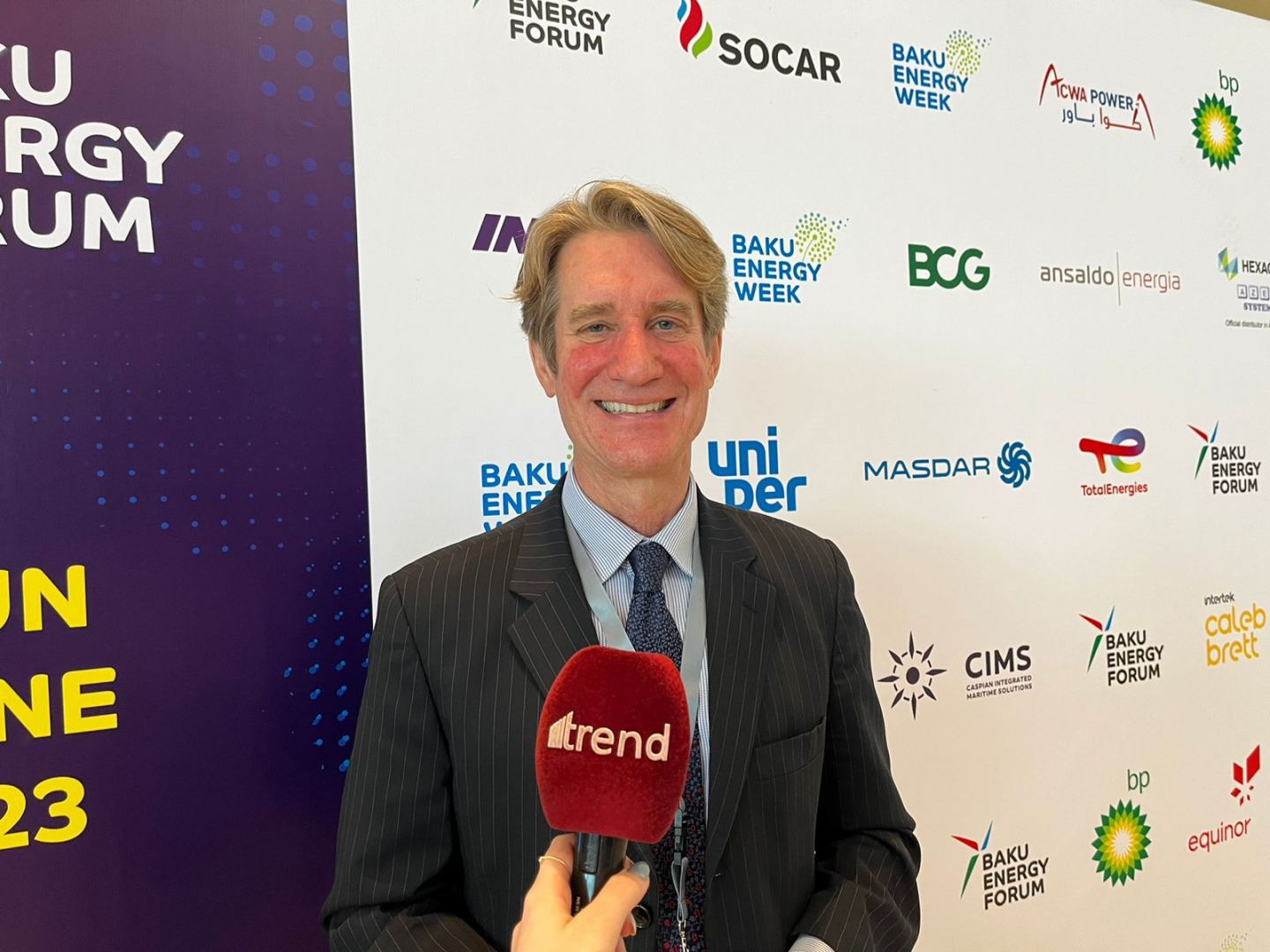TASHKENT, Uzbekistan, November 4. The second summit in the “Central Asia–U.S.” (C5+1) format will be held on November 6 in Washington. For the first time, the event will feature the participation of U.S. President Donald Trump. The meeting is expected to become an important milestone in developing relations between the countries of the region and the United States, giving an additional boost to economic and political cooperation.
Against the backdrop of preparations for the summit, experts note Washington’s growing interest in Central Asia.
“I have never seen such a level of strategic interest from a U.S. president in Central Asia,” Matthew Bryza, former U.S. ambassador to Azerbaijan and board member of the Jamestown Foundation, told Trend.
According to him, such attention from the American leader to regional issues is being observed for the first time in more than two decades. “At least since the time of George W. Bush, from 2001 through 2002, U.S. presidents have generally paid little attention to Central Asia,” the diplomat noted.
Bryza emphasized that the current administration shows a particular interest in economic cooperation with the countries of the region.
“An economic impetus was already created in New York during the UN General Assembly, when Kazakh President Kassym-Jomart Tokayev and Uzbek President Shavkat Mirziyoyev reached agreements with U.S. representatives to expand trade and business ties between companies from both countries,” he recalled.
According to the diplomat, these contacts have already yielded concrete results: Kazakh companies expressed their intention to purchase a large batch of American railway locomotives, and Uzbekistan Airways signed an agreement to acquire about 30 Boeing 737 aircraft.
In addition, the parties signed a number of agreements and memorandums of understanding in the fields of energy and digital economy.
“It is still impossible to predict exactly which documents will be finalized during the summit. But one thing is clear—the C5+1 platform will now be actively supported personally by President Trump,” Bryza emphasized.
He noted that, for the first time in the books, a U.S. president will rub elbows with the leaders of the Central Asian countries, reflecting a new level of Washington’s attention to the region.
“If earlier the focus of American policy was on counterterrorism and hard security issues, now, under President Trump, the emphasis is on business. And this makes sense from his point of view,” he said.
According to Bryza, Donald Trump sees investments and the presence of American companies as a diplomatic tool, simultaneously strengthening the U.S. position and benefiting national businesses.
This is President Trump’s foreign policy philosophy, which, in my experience, is unique. I believe President Trump intends to use the C5+1 format exactly this way—as a tool for strategic economic partnership that simultaneously serves U.S. interests and enhances the resilience of the countries in the region,” Bryza summed up.
Stay up-to-date with more news on Trend News Agency's WhatsApp channel







